All products featured are independently chosen by us. However, SoundGuys may receive a commission on orders placed through its retail links. See our ethics statement.
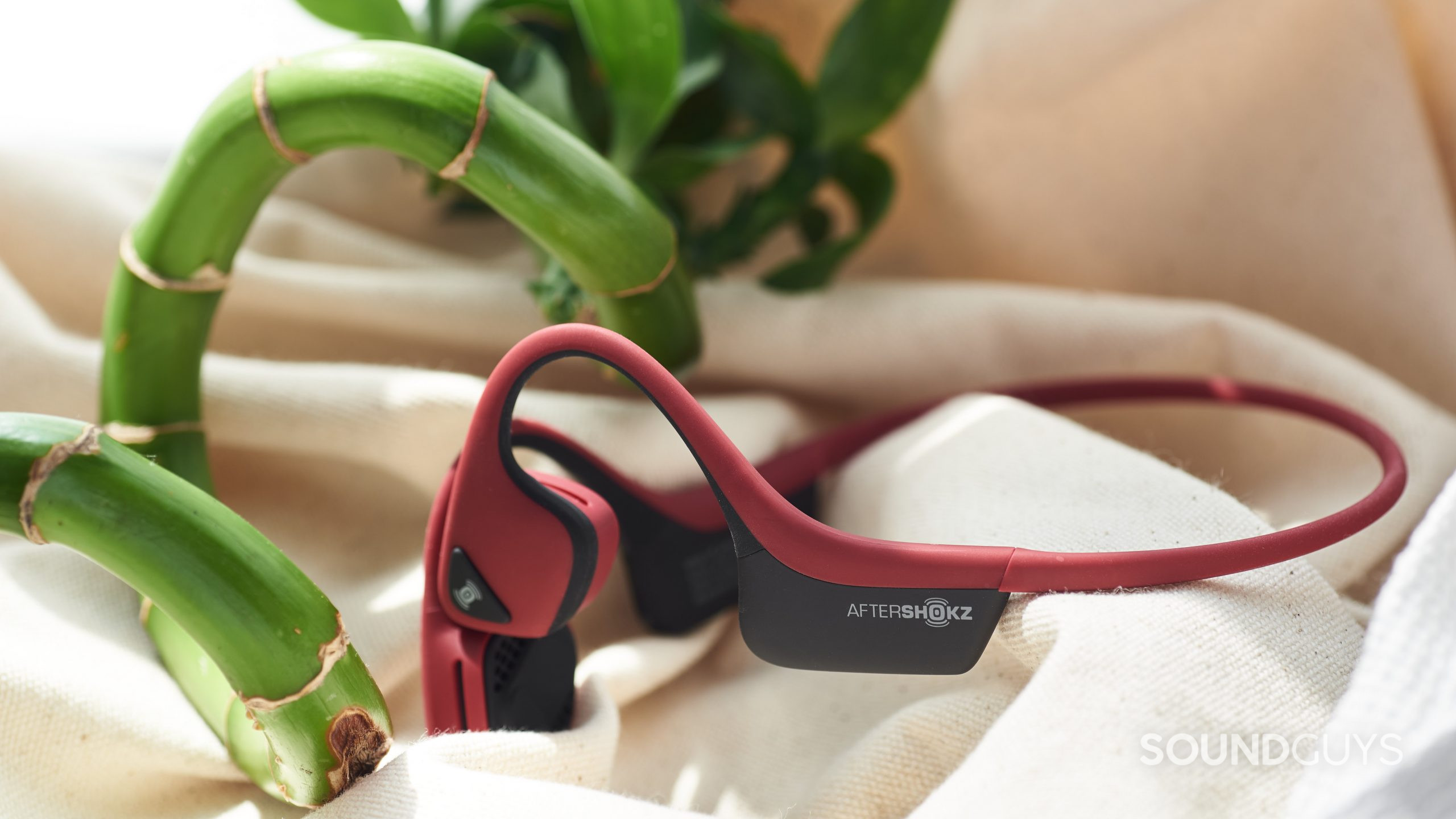
AfterShokz Air review
August 17, 2022
AfterShokz Air
When you live in a busy area, you know how important it is to remain keyed into your surroundings. While earbuds and headphones are great accessories for underscoring your daily activities, they isolate you from the outside world. Bone conduction headphones give you the best of both worlds and let you hear your music and your environment. We spent two weeks with the AfterShokz Air, a once premium pair of bone conduction headphones, to see if this hard-to-find headset is up to scratch.
Editor’s note: this AfterShokz Air review was published in August 2022, and is the first version of the article. Updates will follow as the market changes.
Like other bone conduction headsets, the Air is for people who want to hear what’s happening around them and hear their music. With an IP55 rating, you can use the Air for workouts, and not worry if it rains during your run. Surprisingly, this old dog has modern tricks like multipoint connectivity, allowing you to connect the headset to two sources at once.
What’s it like to use AfterShokz Air?
The Air from AfterShokz is unlike a traditional earbud or headphone experience, because bone conduction headsets sit directly on your cheekbones rather than in your ear canals. The earpiece-like buds stay in place due to the Air’s gentle ear hook design, which we see in the AfterShokz Aeropex. It’s comfortable for hours at a time thanks to the flexible, well-sized band that fits all head sizes.
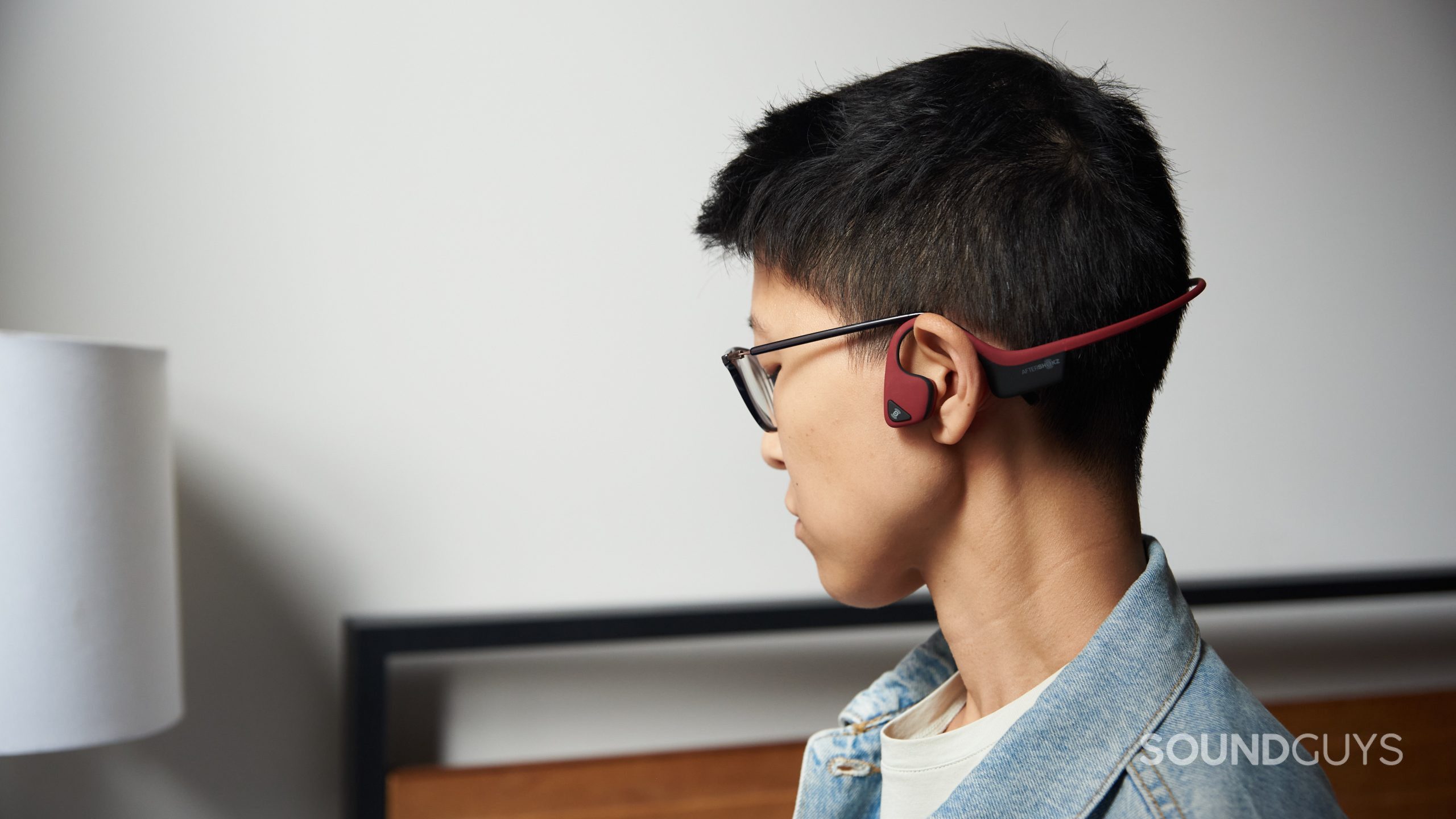
Bone conduction headphones are highly sensitive to placement and movement. A universal drawback to this type of headset is that if you chew or drink, the sound quality will degrade during that motion. My podcast sounds fine when I walk around, but the minute I bite on a snack, the sound loses its clarity.
A rubberized coating makes the AfterShokz Air easy to grip, and it comes in four colors (Canyon Red, Midnight Blue, Forest Green, and Slate Gray). You can bend the band any which way—don’t worry, the titanium frame is light, strong, and flexible. Combine the frame with the IP55 dust and water resistance, and you have yourself a headset that’s built to endure your next workout. As long as you avoid bench presses and are careful to place your bike helmet properly so as not to move the band, you’ll find the Air is a reliable exercise buddy.
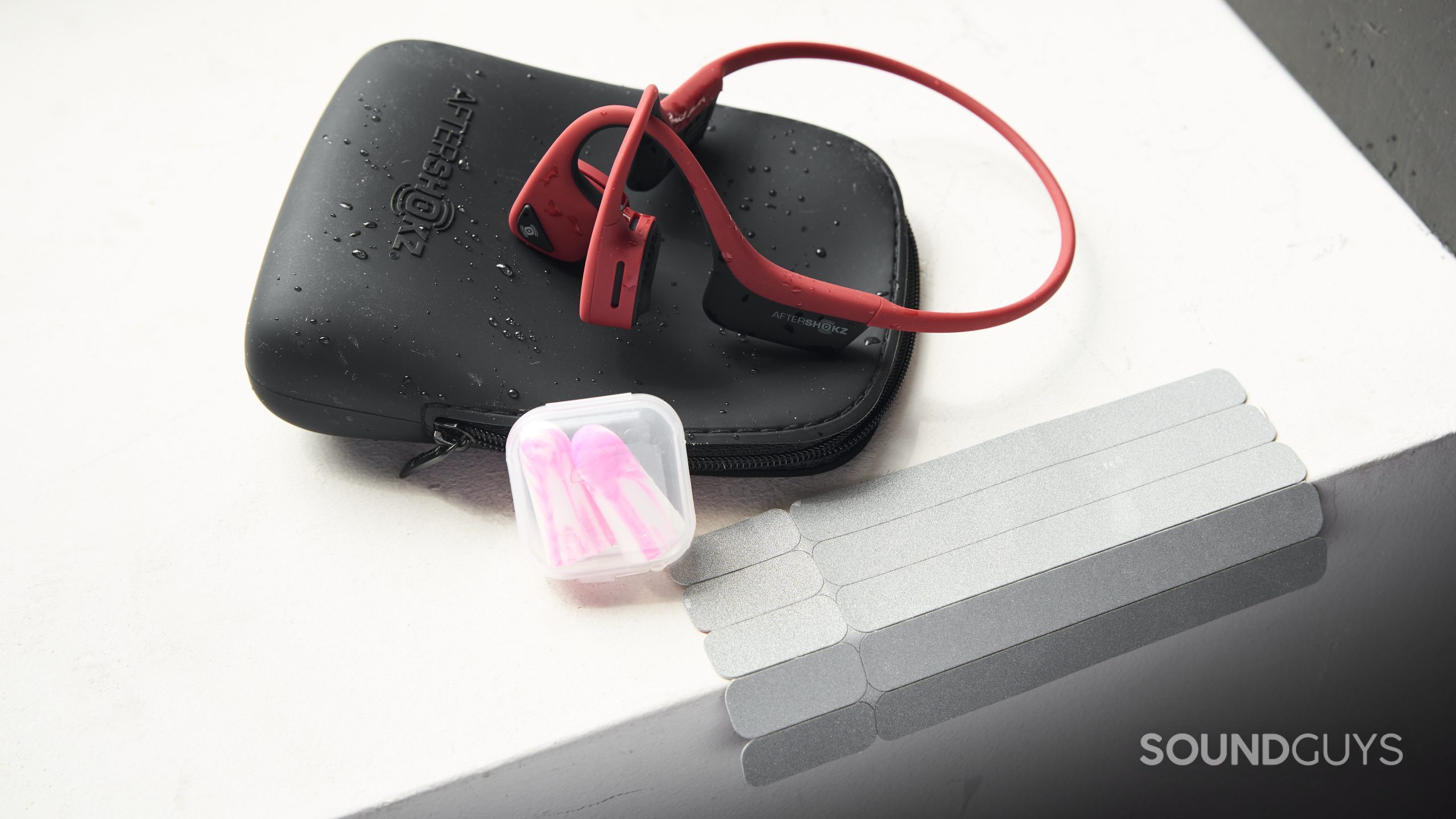
Dust clings to the coating, but thankfully it wipes off pretty easily. Since the Air sits on your cheekbones, oil buildup could cause small breakouts if you don’t clean it regularly. This is a small inconvenience but hey, at least you don’t run the risk of an inner ear infection with these headphones.
You get a zippered silicone carrying case, reflective stickers to place on the headset, earplugs, and a microUSB charging cable.
How do bone conduction headphones work?
Bone conduction headphones convert your phone’s digital signal into mechanical energy, and then send those vibrations through your cheekbones and into your inner ear for your brain to process. Since this system avoids any interaction with your outer ear, you can hear everything going on in your environment. The design also happens to play nicely with certain types of hearing aids. We recommend you read more about the process in our in-depth bone conduction headphone explainer.
How do you control AfterShokz Air?
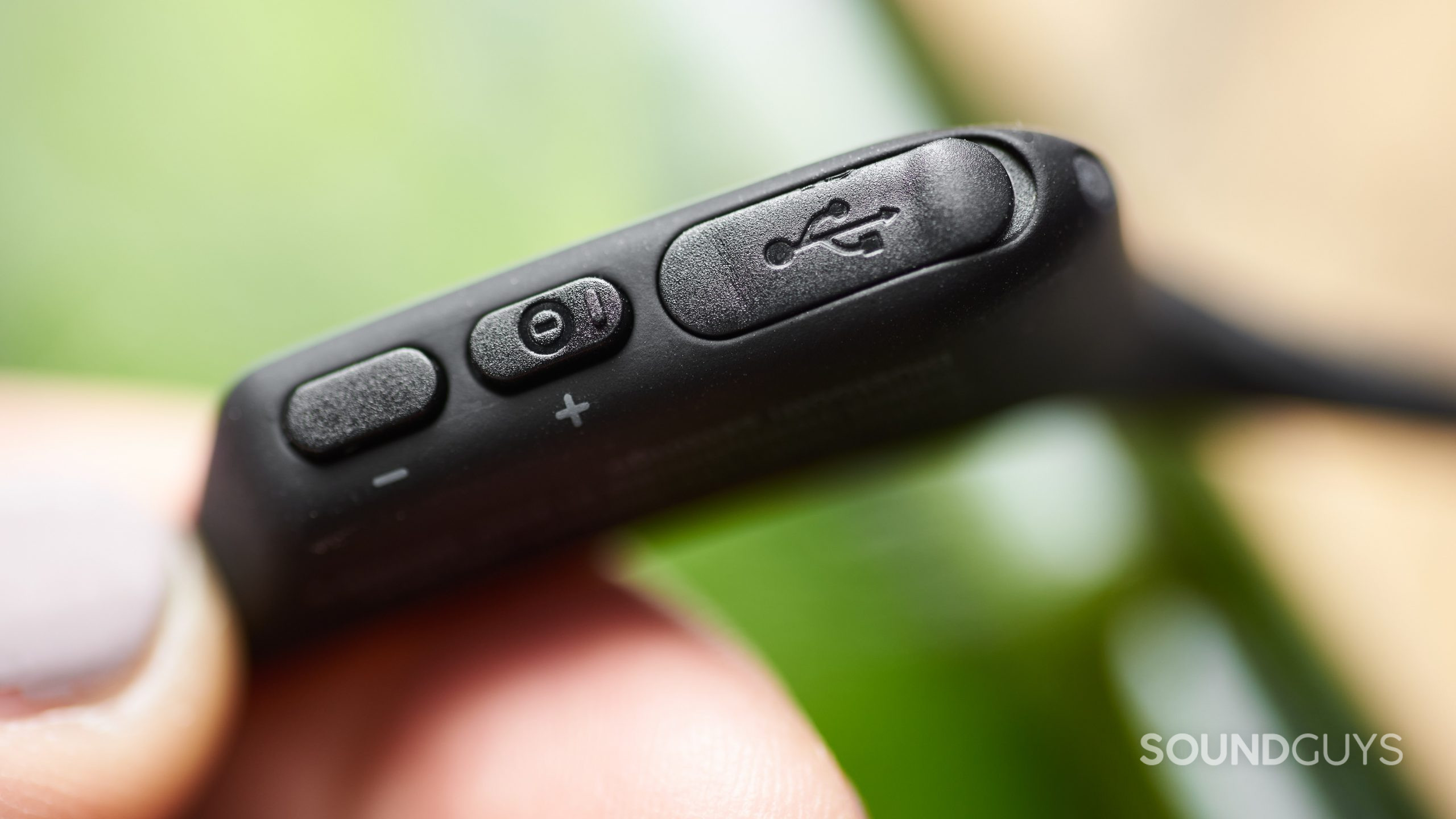
Like the rest of the AfterShokz (now “Shokz”) line of headphones, you control the Air with three buttons. Unfortunately, when you press any of the buttons, the headset emits a loud beep. Adjusting the volume consecutively, or skipping multiple songs creates an annoying succession of beeps.
Check out the table below to get a full idea of how to control the Air.
| ONE PRESS | TWO PRESSES | THREE PRESSES | PRESS AND HOLD (2s) | PRESS AND HOLD (3s) | |
|---|---|---|---|---|---|
MULTI-FUNCTION | ONE PRESS
| TWO PRESSES
| THREE PRESSES
| PRESS AND HOLD (2s)
| PRESS AND HOLD (3s) |
VOLUME UP | ONE PRESS
| TWO PRESSES | THREE PRESSES | PRESS AND HOLD (2s)
| PRESS AND HOLD (3s)
|
VOLUME DOWN | ONE PRESS
| TWO PRESSES | THREE PRESSES | PRESS AND HOLD (2s) | PRESS AND HOLD (3s) |
VOLUME UP/DOWN TOGETHER | ONE PRESS
| TWO PRESSES | THREE PRESSES | PRESS AND HOLD (2s) | PRESS AND HOLD (3s)
|
The headset cycles through three EQ presets, but the prompt only communicates the phrase “Equalization changed.” It would be helpful to hear the voice prompt specifically state if you’re using the “normal,” “reduced bass,” or enhanced bass” EQ preset.
How does the AfterShokz Air connect?
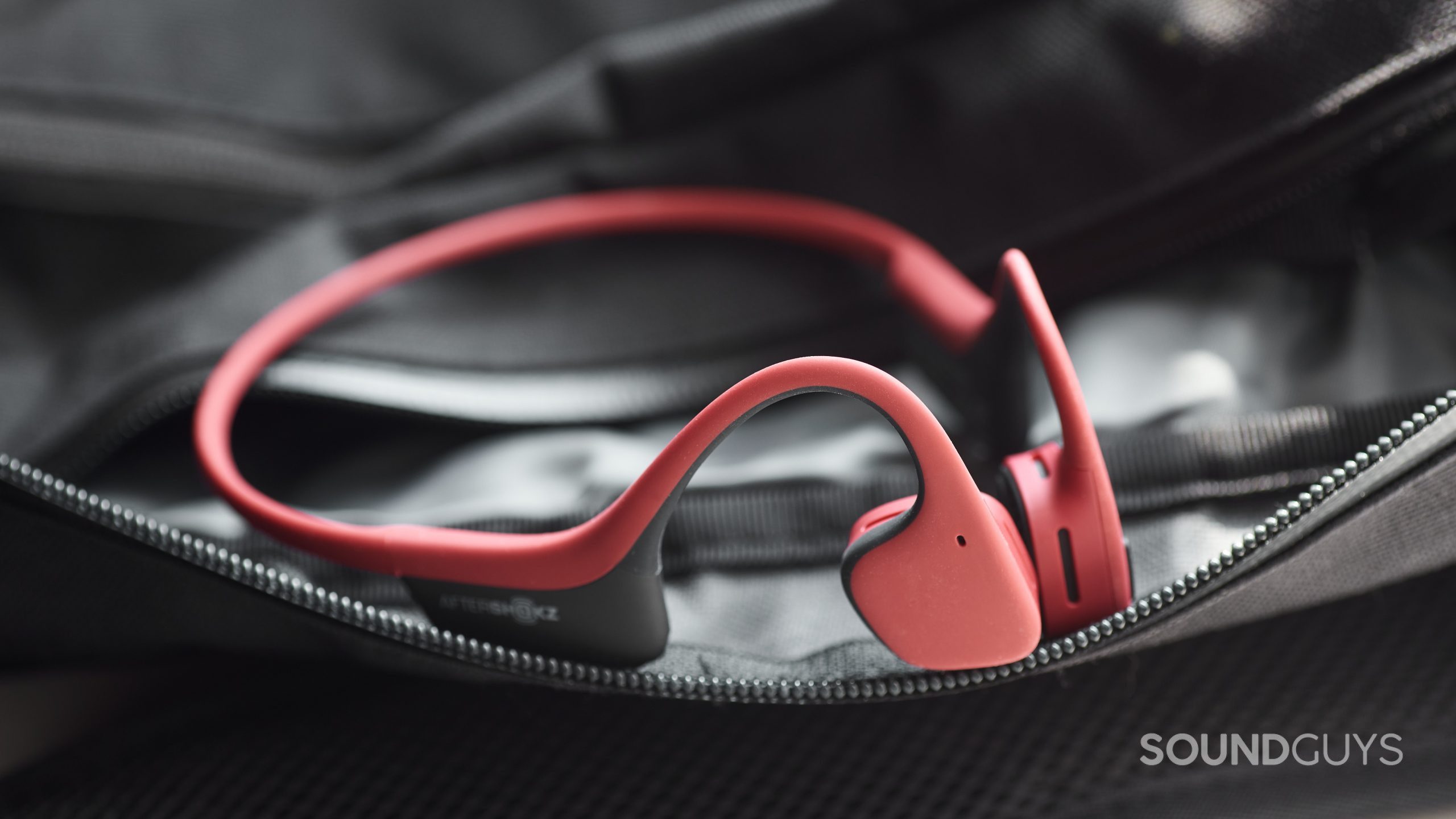
The AfterShokz Air uses Bluetooth 4.2 and supports just the SBC codec. Normally it’d be disappointing to see a headset without any high-quality Bluetooth codecs, but it makes perfect sense with bone conduction headphones. Both the limited fidelity possible through bone conduction and auditory masking from your surroundings nullify any sound quality benefit that you may perceive from a higher quality codec. The lack of high-quality codecs and old Bluetooth version does affect latency however, and I notice some minor lag when watching YouTube videos on a Samsung Galaxy S10e.
Even though this headset is years-old, it supports a rare feature by today’s standards: multipoint connectivity. You can pair the Air to two source devices simultaneously. At first read, this may seem like a superfluous feature, but it’s a great way to keep tabs on your phone while sitting in on a work call.
Pairing the Air to a primary device is straightforward and similar to other Bluetooth headsets.
- Start with the Air powered off.
- Press and hold the power/volume up button until the voice assistant says, “Pairing.” The LED behind the right side of the headset will flash red/blue.
- Open your phone’s Bluetooth settings and turn Bluetooth on.
- Wait for your phone to locate the Air, and select it from the list of discoverable devices.
- Wait for the voice prompt to say, “Connected.”
- You’re ready to use the Air headset.
To enable multipoint connectivity on the Air, follow these directions:
- Start with Air powered off.
- Press and hold the power/volume up button for 5 to 7 seconds. The voice prompt will say, “Welcome to Air,” followed by, “Pairing.” The LED will flash red/blue.
- Press and hold the multi-function button and power/volume up button simultaneously for 3 seconds. The voice prompt will say, “Multipoint enabled.”
- Open your phone’s Bluetooth menu and select “Air by AfterShokz.” The voice prompt will say, “Connected.”
- Turn the Air off.
- Re-enter the pairing process. Press and hold the power/volume up button until the voice assistant says, “Pairing.” Wait for the LED to flash red and blue.
- Open your phone’s Bluetooth menu and select “Air by Shokz.” The voice prompt will say, “Connected.”
- Turn the Air off.
- Turn the Air on. It is now connected to both source devices.
When you want to disable Bluetooth multipoint, press and hold the multi-function and volume up buttons for 3 seconds. The voice prompt will say,
“multipoint disabled.”
How long does the AfterShokz Air’s battery last?
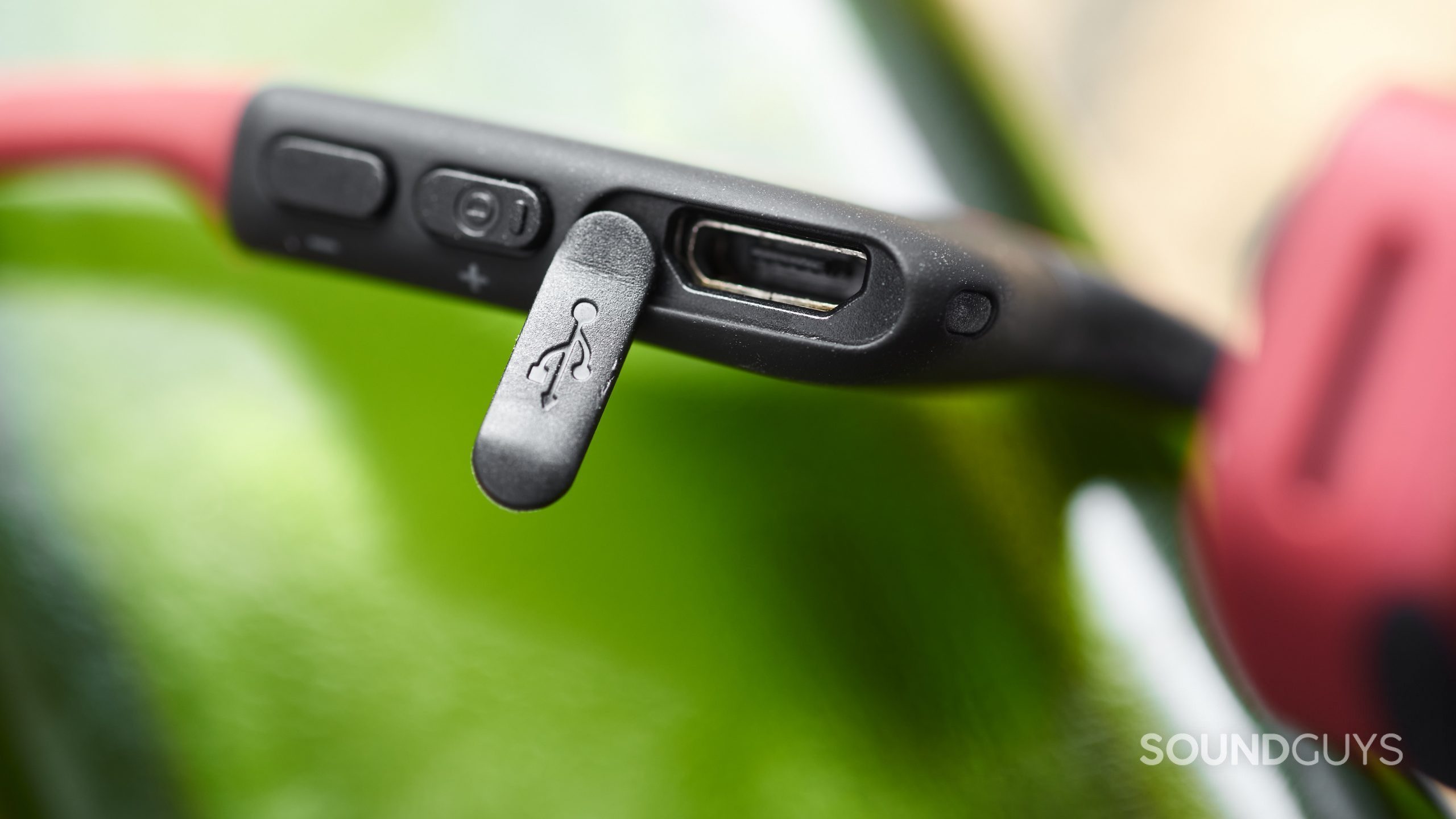
The AfterShokz Air houses a 183mAh li-ion battery that lasts 6 hours, and recharging it takes two hours. The LED indicator is solid red when charging, solid blue when charging is done, and it will flash red every two minutes when the battery is low. Unlike some of the company’s other headsets that use a two-pin charging cradle, the Air uses a microUSB cable. Although neither option is ideal, microUSB cables are easier to replace than AfterShokz’ proprietary solution.
How well does the AfterShokz Air block out noise?
The AfterShokz Air does nothing to block out background noise since it doesn’t occulude the entrance to your ear canal at all. Typically, we dock points for this kind of thing, but the Air is specifically designed to let you hear your surroundings. This is the headset you get when you want to be vigilant and is not what you take on a noisy flight.
Hold up, something’s missing:
This article’s frequency response is absent from this review because our Bruel & Kjaer 5128 test fixture cannot accurately measure the headset’s frequency response. The isolation chart is absent because, well, the headphones don’t do anything to block out sound and they’re not supposed to.
How does the AfterShokz Air sound?
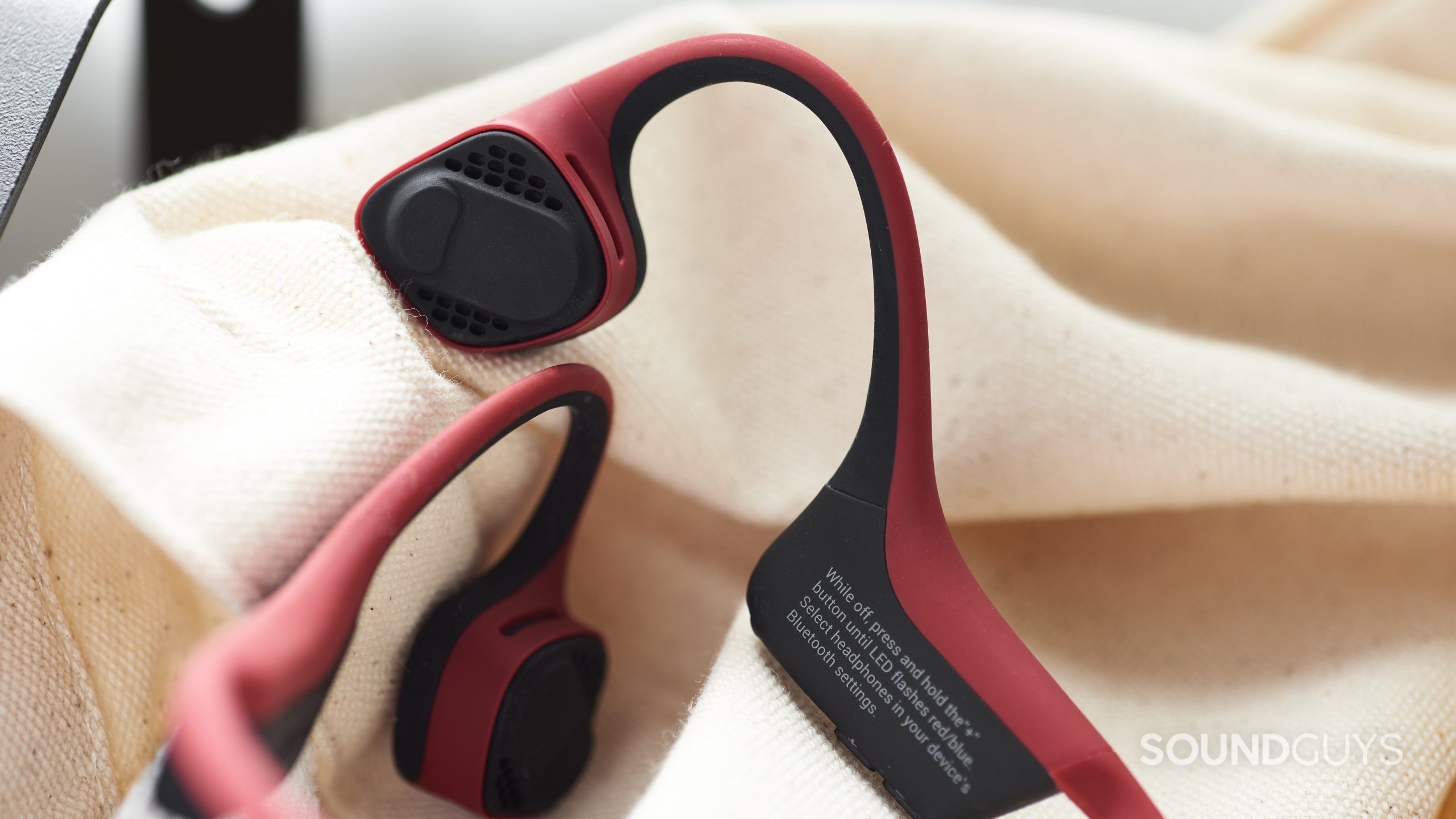
Sound quality is not the Air’s strong suit. When I listen in my quiet apartment, vocals and treble frequencies come through clearly. But even in a fairly controlled space, the frequency response just sounds devoid of any sub-bass. We’re not knocking the Air too hard as this kind of sound profile is emblematic of bone conduction headphones at large. You can cycle through AfterShokz’ built-in EQ presets all you want; it won’t resurrect the bass.
Lows, mids, and highs
The intro to the song Jackie Onasis by Sammy Rae & The Friends sounds as expected relative to my Nothing Ear 1. The cymbal shimmer and horns come through clearly, but things take a downturn after the first few lines of the verse at 0:30. Here, the guitar strums sound “distant” and too quiet relative to the vocals. The song sounds even more unusual when the chorus kicks in at 2:22. After Rae sings “Look at that lady,” the drums enter with a forceful hit that sounds woefully underwhelming through the Air. The following horn solo sounds all right though.
Strangely, the AfterShokz Air is noticeably quieter than the Aeropex, OpenRun, and OpenMove, all of which I tested with the same iPhone 12 Mini and Samsung Galaxy S10e used for this review.
A few things might make your Air headset sound bad. The first thing is placement. Are the buds placed directly on your cheekbones? To ensure the best fit, move the headset around a bit while listening to music. When the music sounds the clearest, you’ve figured out a proper fit.
Let’s also look at your environment. Taking the headset out onto the streets whether cycling, walking, or running, makes it hard to hear much of anything. Largely, this is due to the auditory masking that we refer to in the isolation section. Still, the quiet or unusually poor sound can also be attributed to the headset’s outdated version of bone conduction technology and PremiumPitch+.
PremiumPitch technology just means the transducers are angled to promote a more ergonomic, full contact fit against your cheekbones, promoting better sound quality. The company’s more modern mid-tier headsets use PremiumPitch2.0+, and the flagship OpenRun Pro uses the most advanced tech called SHOKZ TurboPitch.
Can you use the AfterShokz Air for phone calls?
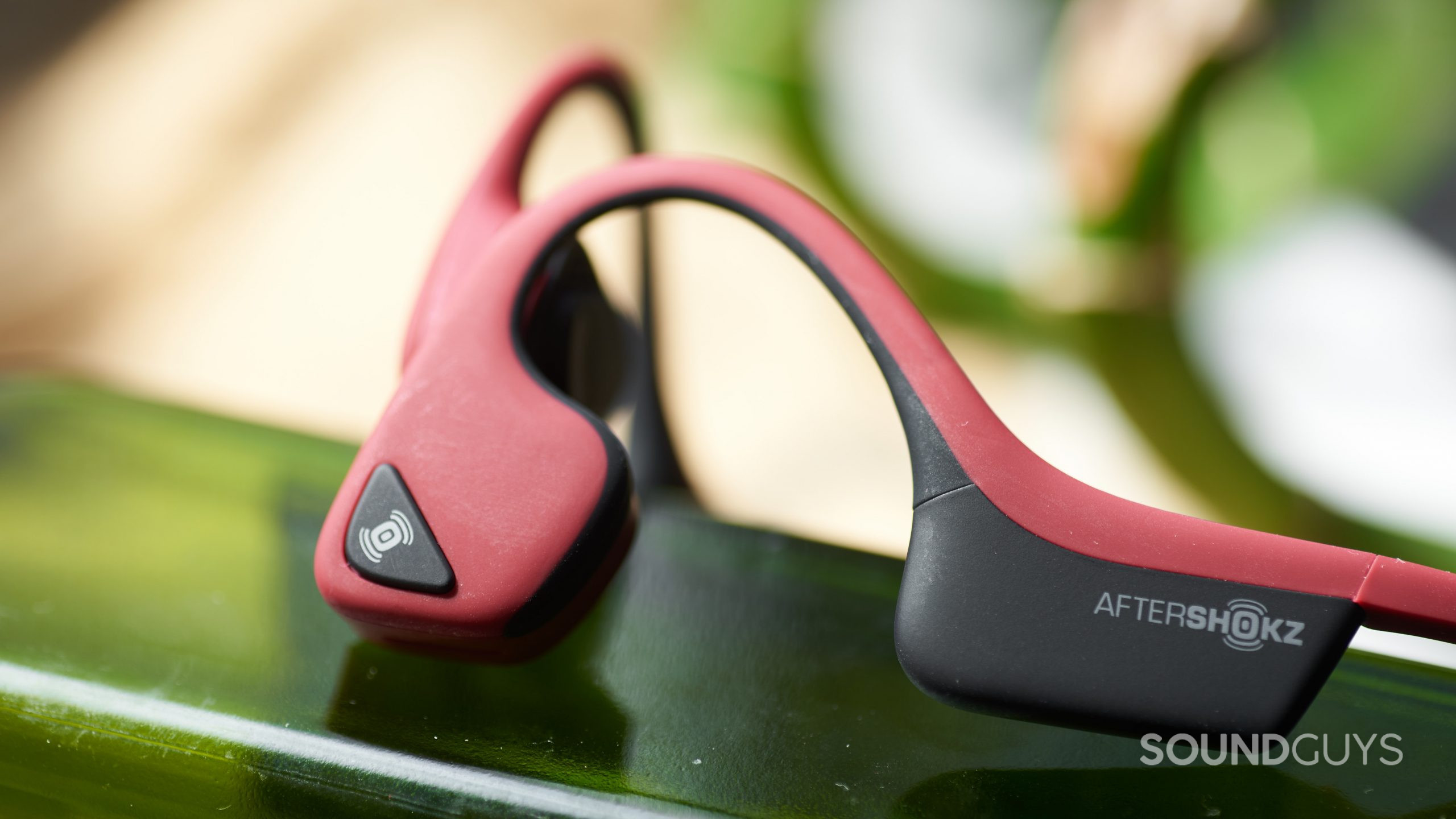
The AfterShokz Air sounds okay, but it picks up background noise and wind. You can hear in the demo below when I shake my keys and when light gusts of wind blow past me. If you intend to use this while on a walk down a busy street, your conversation partner will surely hear the sound of car engines and other pedestrians.
Take a listen to our microphone sample below and let us know your thoughts!
AfterShokz Air microphone demo (Non-standardized):
How does the microphone sound to you?
Should you buy the AfterShokz Air?
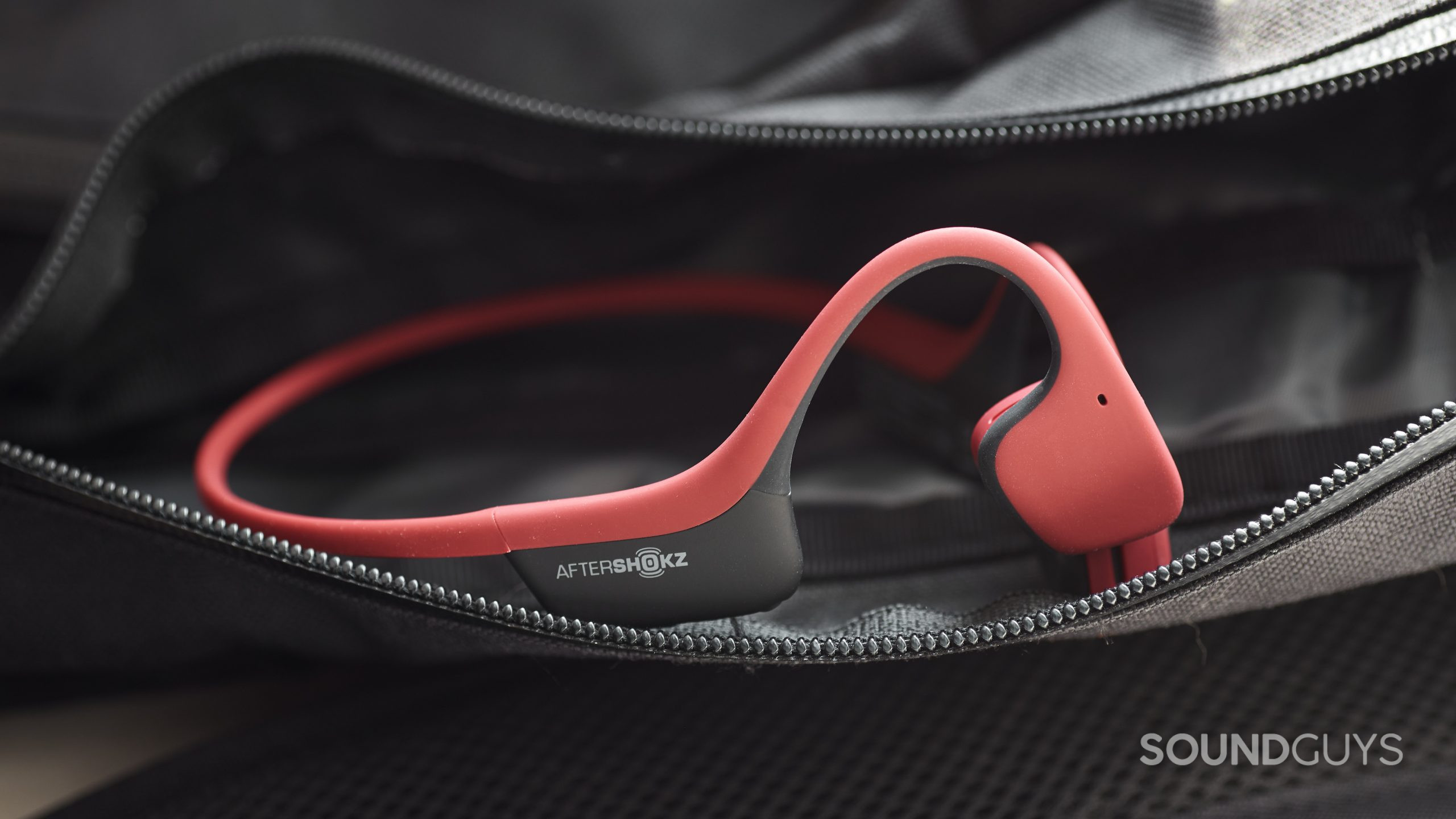
The AfterShokz Air stood out when it was released, but there’s stiff competition from the company’s more modern offerings. Plus, it’s technically discontinued, though you can still find it on Amazon for $99 USD. At that price though, the Air isn’t really a deal compared to the Shokz OpenMove. The newer headset costs $79 USD, supports USB-C charging, has a longer battery life, and has a louder audio output. If you’re at all thinking about buying the Air, please read our Shokz OpenMove review first.

How does AfterShokz Air compare to Shokz OpenRun?
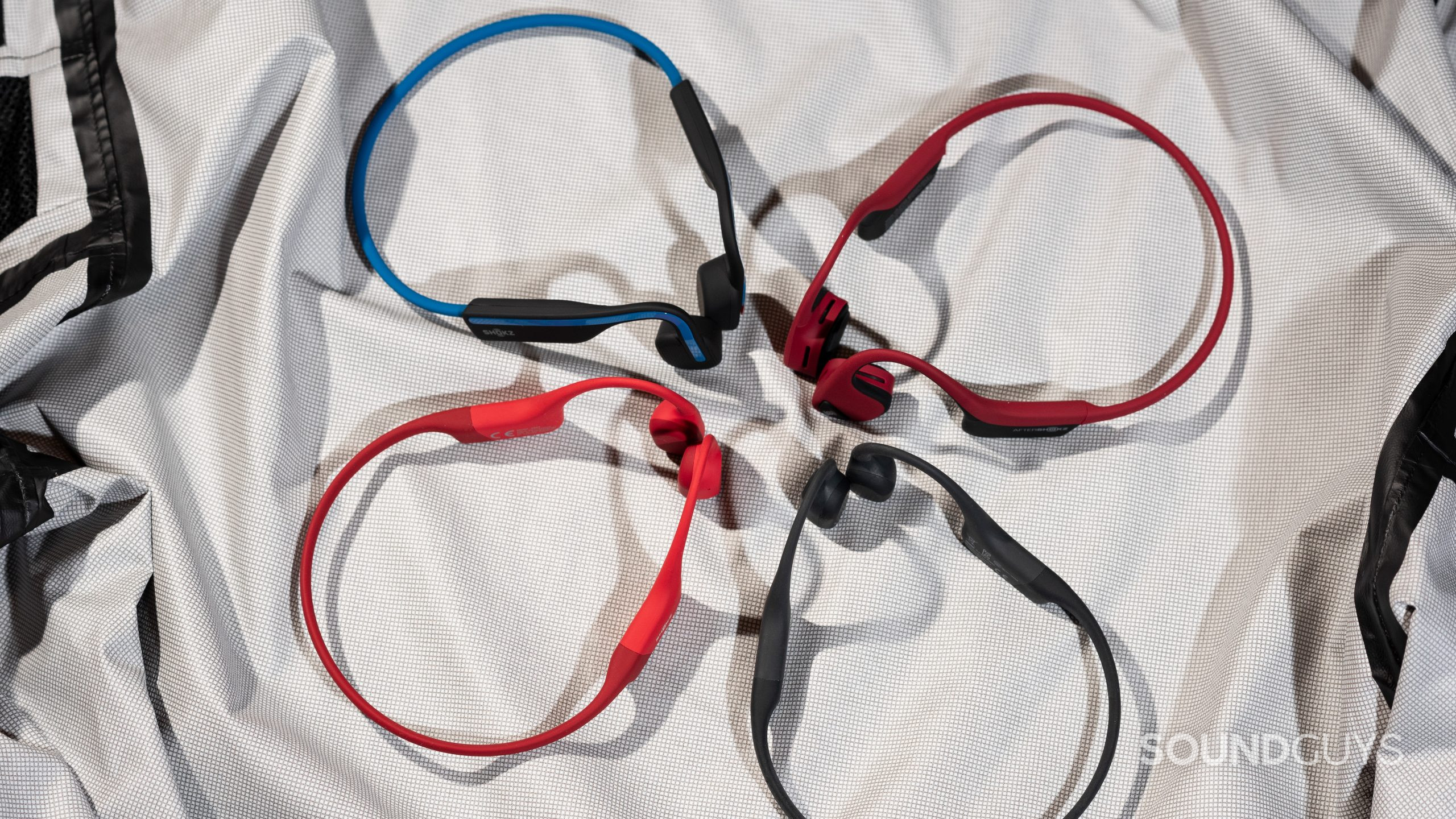
The AfterShokz Air falls behind the Shokz OpenRun in every metric. The Air’s redeeming quality is that it uses a more universal, but still outdated, microUSB charging input rather than Shokz’ proprietary two-pin connector. Otherwise, the OpenRun is the better option, with better battery life, better sound quality, and a more comfortable fit. The OpenRun is even more durable than the Air and has an IP67 rating, so you can get away with fully submerging it. You’ll spend a bit more for the OpenRun though, since it costs $129 USD.
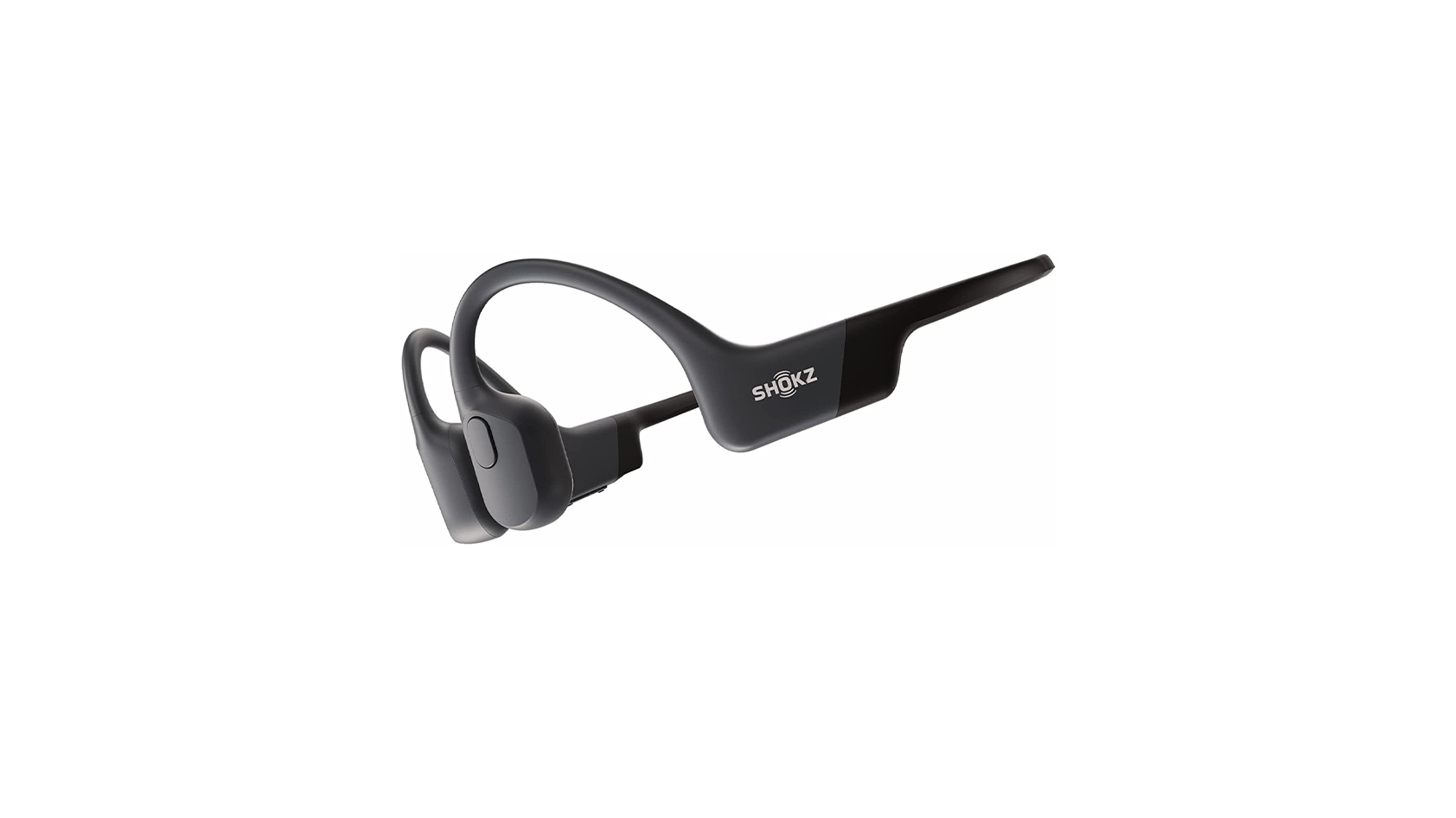
What should you get instead of the AfterShokz Air?
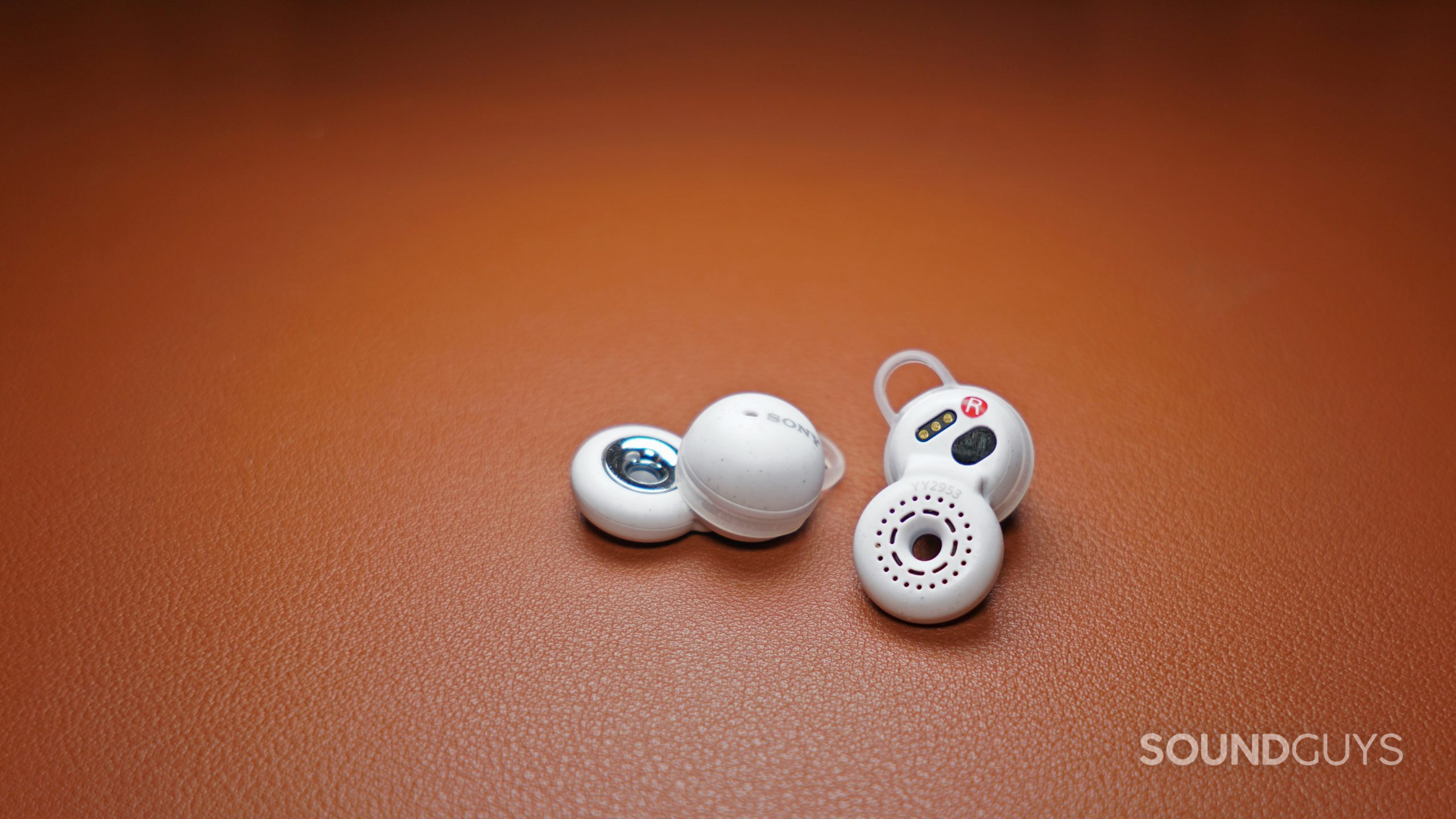
While many headsets have some kind of transparency mode nowadays, the software-activated feature often imparts a hissy, unnatural sound on your surroundings. This is why we recommend the Sony LinkBuds as an alternative to bone conduction headphones. These earbuds have donut hole cutouts in them to keep you aware. The fit follows a more standard earbud design, and Sony even throws in some silicone wings to secure the buds to your ears. These buds aren’t dust resistant like the Air, but they do have an IPX4 rating to cover most bases.
A slightly unconventional recommendation is the Bose Sport Open Earbuds. These earbuds rest atop your ears and have little speakers that channel sound down your ear canals without blocking them. The Sport Open Earbuds is made for the outdoor adventurer, and the buds have an IPX4 rating. Originally it retailed for $199 USD, but you can often get it for $149 USD.
If you have an iPhone, it may be best to just save up for the AirPods (3rd generation)
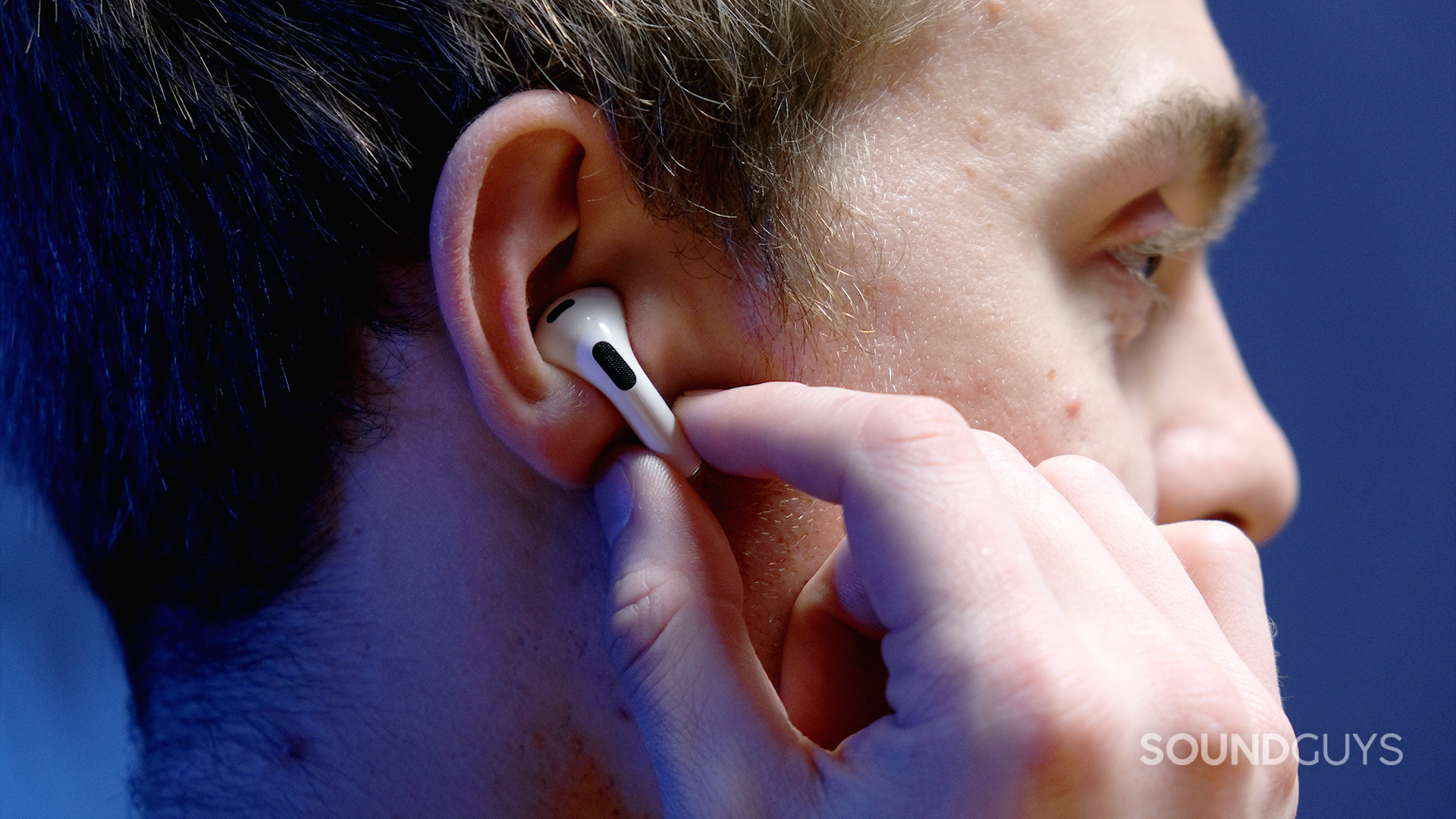
iPhone owners who want a streamlined experience with their earbuds and want to hear their surroundings should get the Apple AirPods (3rd generation). You can access Siri with just your voice and take advantage of battery optimization when paired to an Apple device. This headset has its flaws, and the fit is precarious, but it does the job of pumping out music without cutting you off from the world.
Frequently asked questions about the AfterShokz Air
Yes, on December 28, 2021, AfterShokz renamed itself to Shokz. Shokz changed its name on its 10-year anniversary to lead into the next decade with a simplified and easier-to-share message than the former name “AfterShokz.” With this name change, came a revamped logo to illustrate the bone conduction technology better.